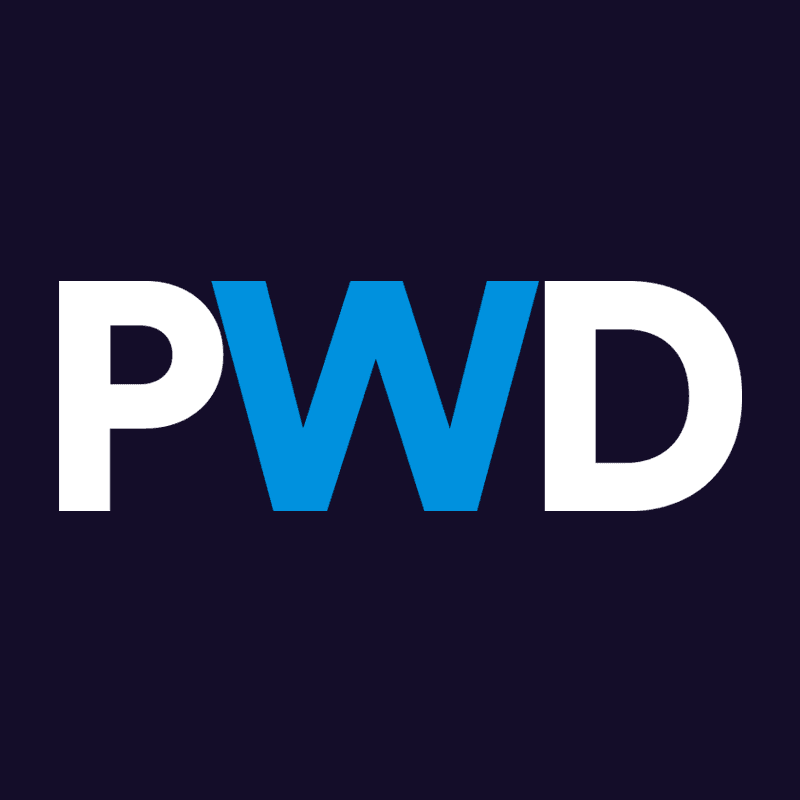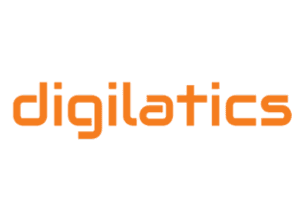Cost Per Action
Optimize Ad Spend
Refine ad budgets by focusing on channels with the lowest cost per action.
Track Campaign Effectiveness
Determine which campaigns deliver the best returns by analyzing cost vs. actions completed.
Cross-Channel Comparison
Compare the performance of various channels (search, display, social) for driving actions.
Report on ROI
Highlight the efficiency of the campaign and demonstrate a clear return on investment.
Why Cost Per Action Is Important
Agencies use Cost Per Action (CPA) advertising to control costs by paying only when users take specific actions like purchases or form submissions. This helps agencies optimize the advertising budget by focusing spending on actions that generate revenue for clients. Unlike Cost Per Click (CPC) campaigns, where the advertiser pays for clicks that may not lead to conversions, CPA guarantees that money is spent on actual results.
CPA advertising also provides a clearer measure of success. It ties directly to completed actions, which gives agencies a more effective way to evaluate campaign performance. This ensures that resources are directed to the channels and tactics that drive the most conversions at the lowest cost.
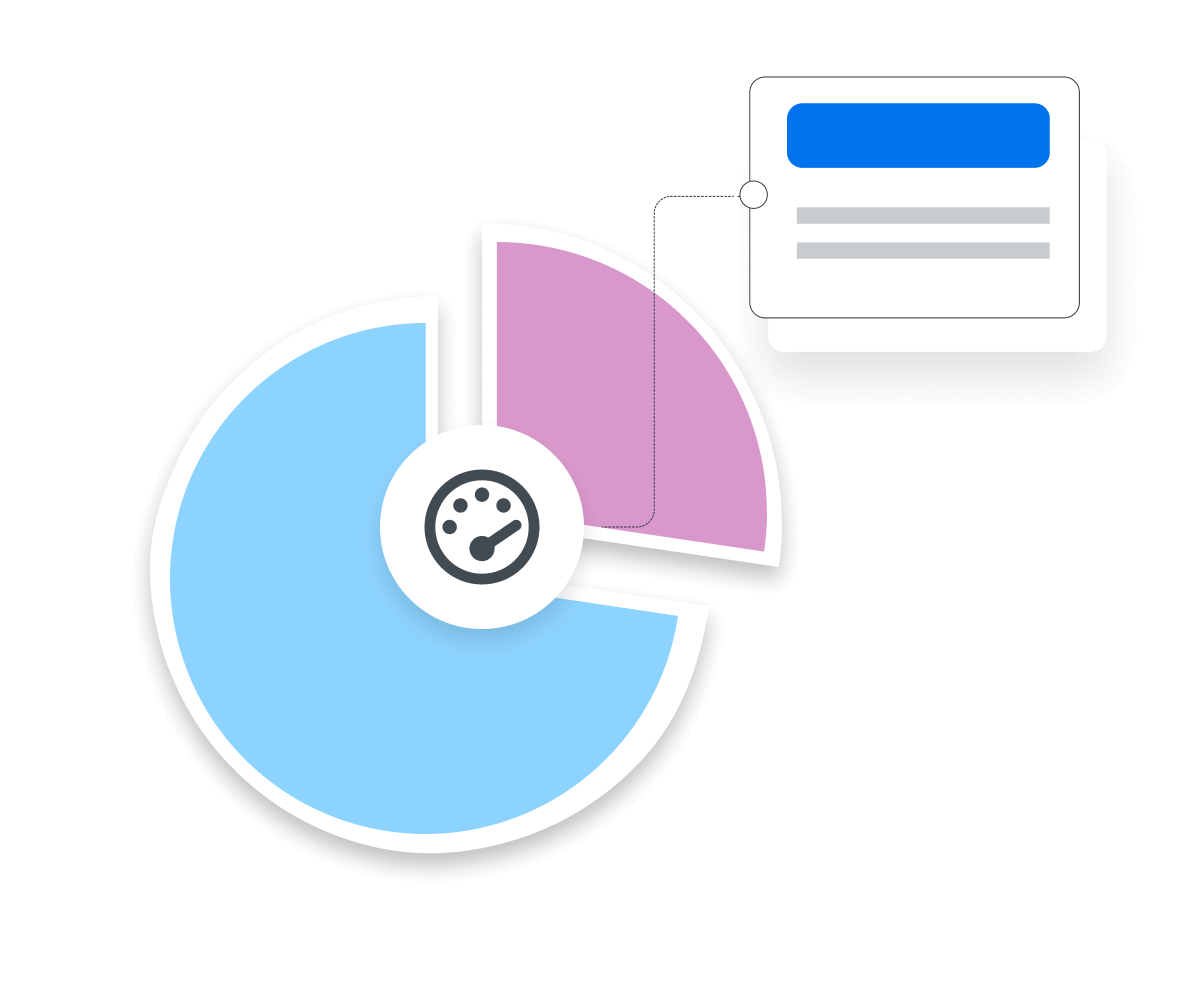
Stop Wasting Time on Manual Reports... Get PPC Insights Faster With AgencyAnalytics
How Cost Per Action Relates To Other KPIs
Cost Per Action (CPA) connects closely with several other key performance indicators that help understand campaign success. For example, CPA ties directly to Cost Per Click (CPC) and Conversion Rate (CR). While CPC measures the cost of each click, CPA goes a step further by focusing on actions that generate revenue, like a purchase or registration. A high CPC might lead to fewer conversions, which results in a higher CPA, making it essential for agencies to balance both metrics.
CPA also relates to Customer Acquisition Cost (CAC), as both measure how much the advertiser pays to acquire customers. However, CPA focuses on individual actions, while CAC considers the cost of bringing in a new customer across various marketing efforts. When CPA is too high, agencies may evaluate factors like ad placement, audience targeting, or landing page effectiveness to improve overall campaign efficiency.

Key Factors That Impact Cost Per Action
Several factors directly affect Cost Per Action (CPA) and influence overall campaign costs. The quality of the audience targeting is critical; reaching the right users increases the chances of conversions, which helps keep CPA low. If the audience isn’t well-defined or too broad, the cost rises due to irrelevant clicks or interactions that don’t result in completed actions.
Landing page effectiveness plays a significant role as well. If the landing page isn’t optimized for conversions due to poor design, slow load times, or unclear calls to action, users are less likely to complete the desired action, driving up the CPA.
The ad creative itself is another major factor. Ads that resonate with the target audience tend to have a lower CPA, as they generate more relevant clicks that lead to conversions. Meanwhile, ad placement and the performance of different advertising platforms also impact CPA. Some platforms or placements may be more cost-effective in reaching the target audience, while others may drive higher costs without delivering the desired results.

KPIs are important to clients because they want to understand how much they are spending, what they are spending it on and most importantly, what is the return on their spend. They also want to be able to measure the progress of the marketing campaigns month over month.
How To Calculate Cost Per Action
Cost Per Action (CPA) is measured by dividing the total cost of a campaign by the number of completed actions generated by that campaign. This clearly shows how much an advertiser pays for each specific action, such as a purchase or registration.
Cost Per Action Formula Example
What Is a Good Cost Per Action?
A good average CPA varies based on the industry and the type of action, but generally, a CPA between $10 and $30 is considered strong for most online advertising campaigns. This range shows effective cost management in driving completed actions without overspending.
What Is a Bad Cost Per Action?
A bad CPA typically exceeds $50, indicating that the campaign is inefficient in converting users. High advertising costs without corresponding conversions may signal poor targeting, ineffective landing pages, or underperforming ad creatives.
How To Set Cost Per Action Benchmarks and Goals
If industry benchmarks aren’t available, agencies set their own CPA goals by analyzing past campaign data or back-calculating based on revenue targets. For example, if a business needs 1,000 new customers to reach its revenue goals, the CPA can be calculated based on the total budget available for customer acquisition. Adjustments are then made by optimizing factors such as ad creative, placement, or landing page effectiveness.
Why Cost Per Action Matters to Clients
Cost Per Action (CPA) is critical for clients because it directly ties advertising cost to results. CPA ensures that advertisers pay only when a user completes a specified action, such as making a purchase or signing up for a service. This pricing model gives clients confidence that their budget is effectively spent to drive traffic and generate leads.
A good CPA reflects efficient spending and helps clients reach their goals at a lower cost. In contrast to other models like CPC bidding, where advertisers pay for every link click, CPA focuses on conversions, making it a more reliable way to measure success.
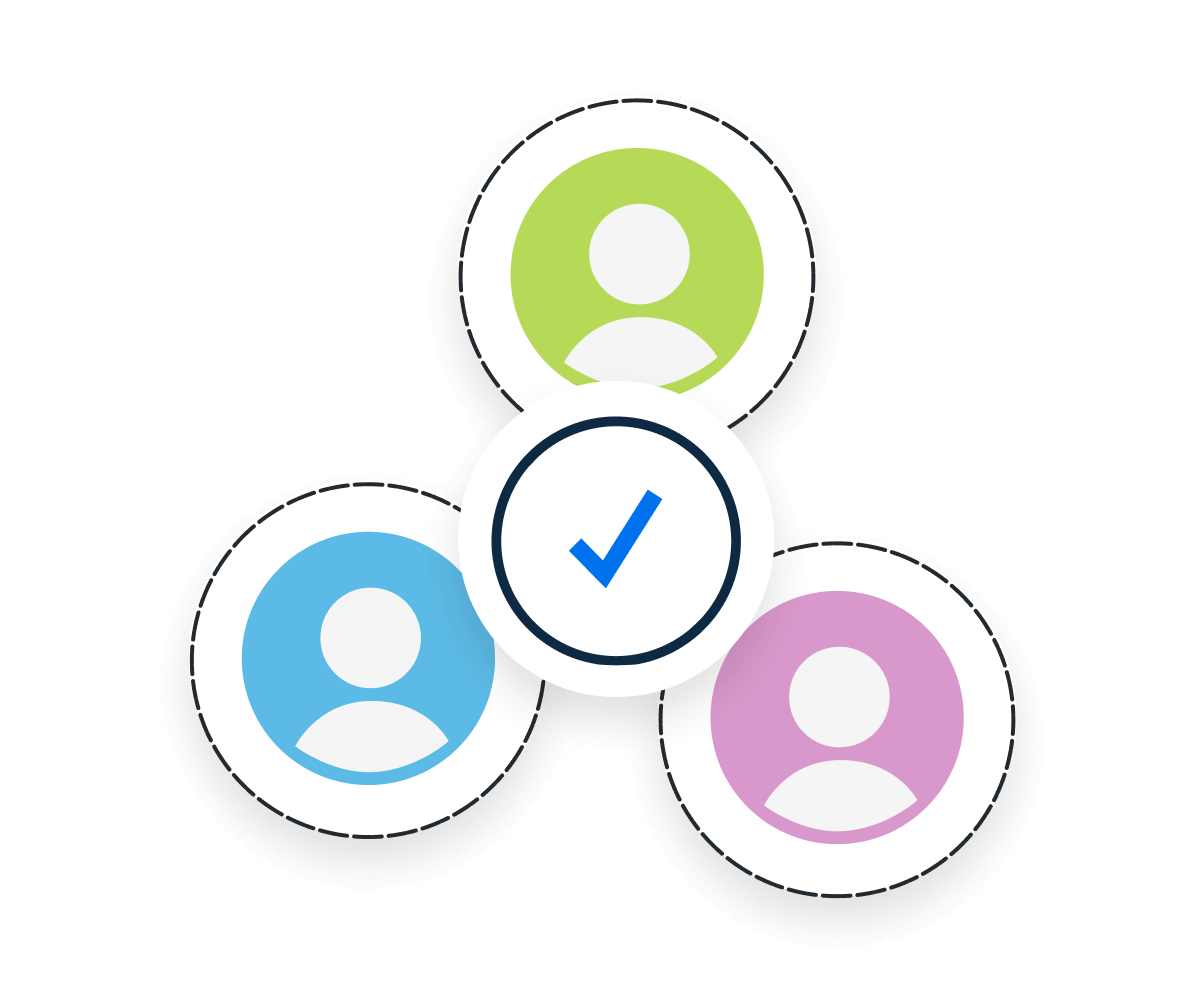
Why Cost Per Action Matters to Agencies
Agencies focus on CPA as it aligns with the need to demonstrate value to their clients. By optimizing for CPA, agencies balance advertising cost with results, ensuring that campaigns deliver completed actions, like form fills or purchases, at a competitive price. CPA bidding helps agencies target the right audience while maintaining control over campaign costs.
Achieving a good CPA also reflects well on the agency’s ability to drive traffic efficiently. Agencies often use CPA in client reports to show how effectively they have managed the total number of conversions and advertising spend.

Try the Only Reporting Software Created For Marketing Agencies.
Best Practices When Analyzing and Reporting on Cost Per Action
Analyzing and reporting on Cost Per Action requires a structured approach. Agencies will provide valuable insights into campaign efficiency by ensuring data accuracy, tracking performance over time, and comparing results across channels. Aligning CPA to client goals, placing it in context with other key metrics, and offering actionable recommendations are essential to optimize performance and communicate results.
Ensure Data Accuracy
Ensure that all specified actions, whether user clicks, form submissions, or purchases, are properly tracked. Missing or inaccurate data skews the overall cost per acquisition and leads to incorrect campaign performance reports.
Analyze Over Time
Examine trends to determine if the Cost Per Action is improving. This helps adjust strategies to maintain a good CPA. Long-term analysis may reveal whether campaigns drive traffic efficiently or if adjustments are needed.
Compare Across Channels and Campaigns
Whether it’s comparing social media traffic, search ads, or affiliate links, understanding which channels produce the most completed actions at a lower cost is critical. This comparison helps allocate the advertising budget effectively and identify high-performing campaigns.
Put in Context
Evaluate factors like the quality score of ads, the role of voucher codes in driving conversions, and how the CPA compares with other key metrics such as CPC bidding. Agencies must ensure that the CPA is not viewed in isolation but as part of the overall campaign picture.
Align to Client Goals
Whether the client wants to generate leads or drive purchases, the CPA should be evaluated based on how well the campaign meets those objectives. A good CPA shows the agency works efficiently within the client’s advertising cost parameters to achieve desired outcomes.
Visualize Performance
Agencies should present CPA data in easy-to-understand graphs or charts, highlighting key trends and comparisons across different campaigns or channels. This allows clients to see how their advertising dollars are driving conversions and lowering cost per acquisition.
Google Ads Dashboard Example
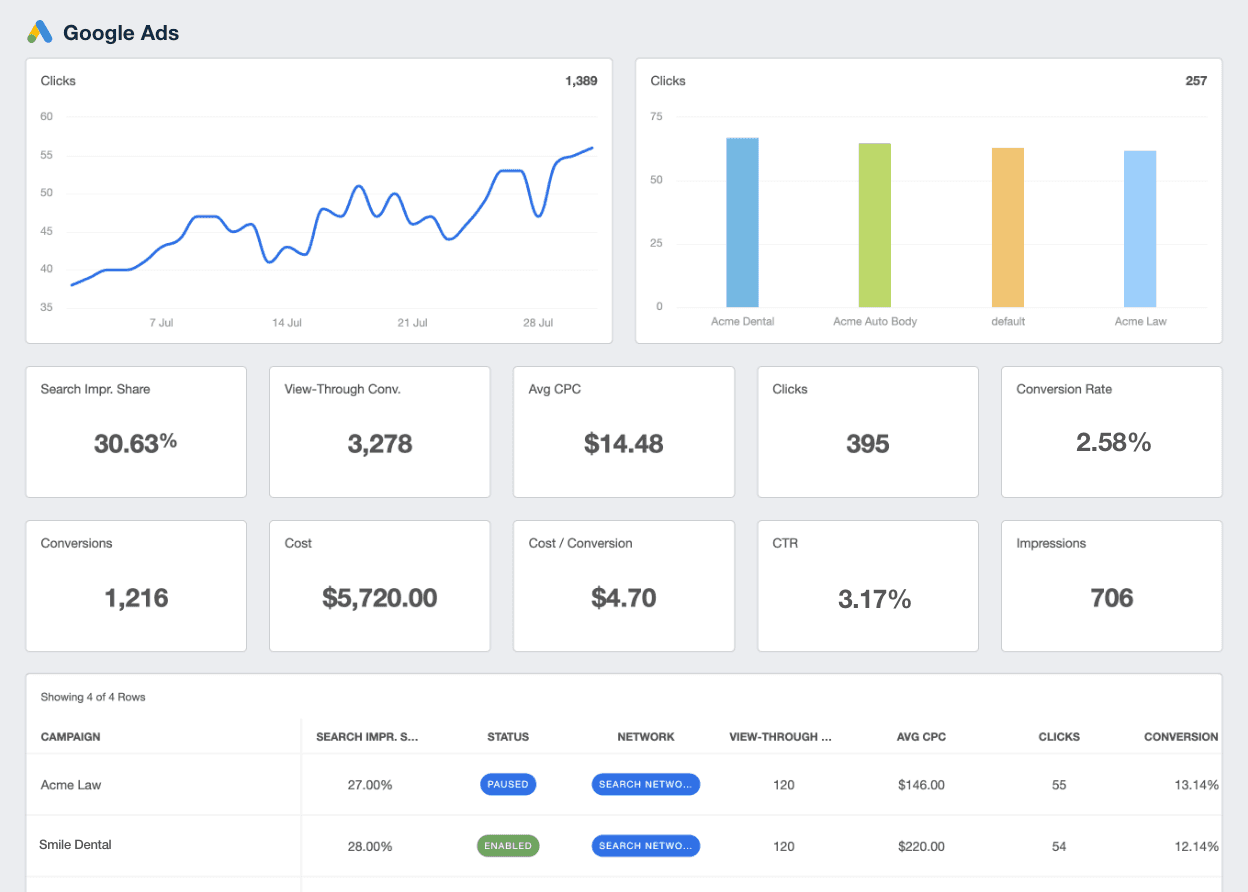
Related Integrations
How To Improve Cost Per Action
To lower CPA, agencies should refine their audience targeting. Reaching the right audience helps reduce unnecessary clicks and ensures the users completing the specified action are more likely to convert.
Refine Audience Targeting
Narrow the focus to reach the right users and reduce unnecessary clicks.
Optimize Landing Pages
Ensure fast load times and clear calls to action for better conversions.
Use CPA Bidding
Set a fixed rate for conversions to control spending efficiently.
Related Blog Posts
See how 7,000+ marketing agencies help clients win
Free 14-day trial. No credit card required.


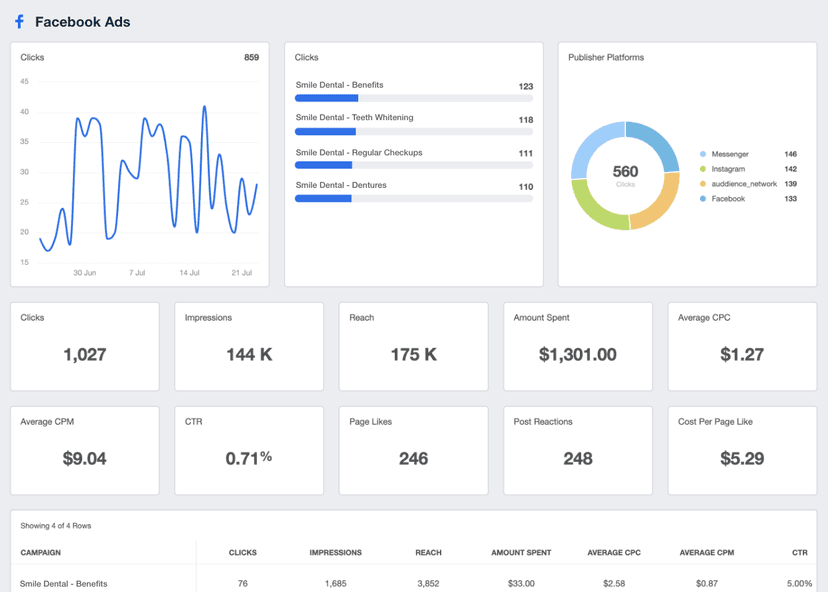

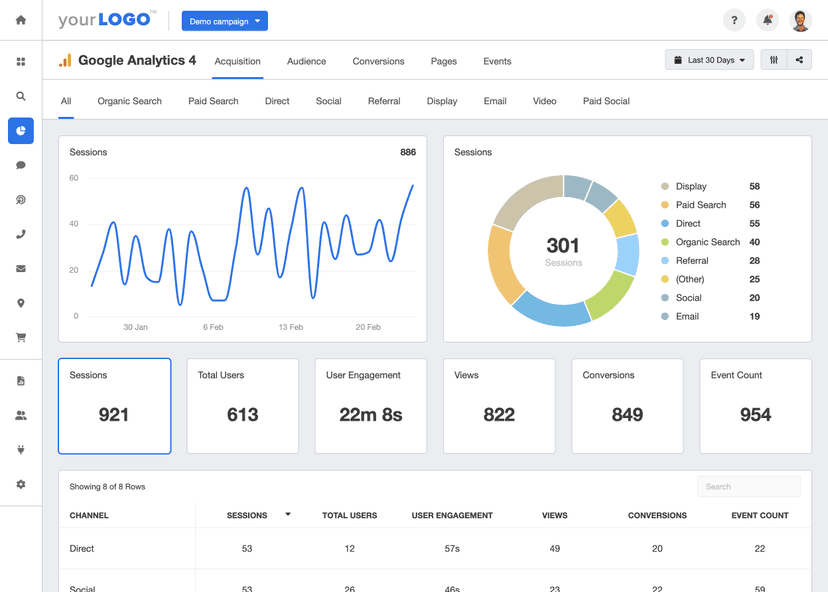
![The Ultimate Google Ads Optimization Checklist [Guide & Tips] An Easy to Follow Guide to Google Ads Optimization + a Downloadable Checklist](/_next/image?url=https%3A%2F%2Fimages.ctfassets.net%2Fdfcvkz6j859j%2F1RGRDTvZOx2bH3PCJMjDsD%2Fc239f0aed512ea0e761f3713dd6e59ac%2FGuide-to-Google-Ads-Optimization-Checklist.png&w=1920&q=75)



